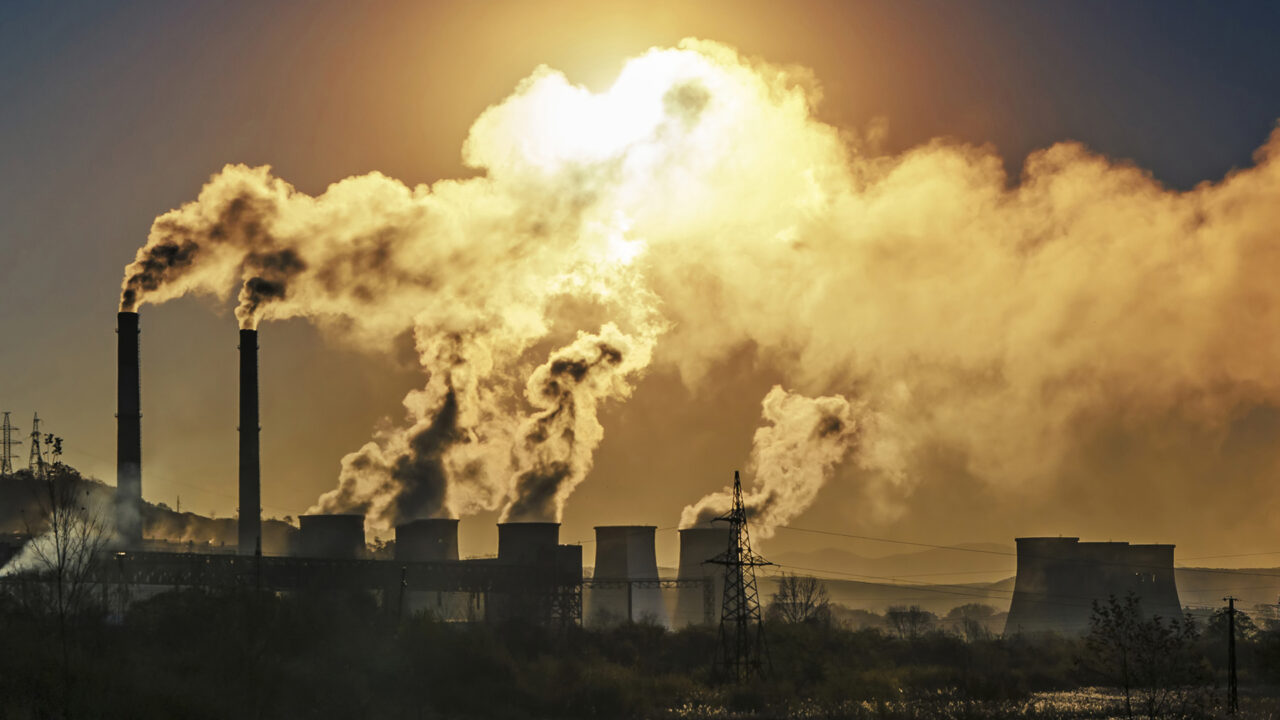
NEW DELHI: The “Emissions Gap Report (EGR) 2023: Broken Record – Temperatures hit new highs, yet world fails to cut emissions (again)” was recently released by the United Nations Environment Programme (UNEP). The report analyses the promises made by countries around the globe and says that even if the countries stick to their existing emission pledges to contain the effects of climate change, we would still be on our way to warming our planet by 2.5°C to 2.9°C above the preindustrial levels.
Scientists warn that if the United Nations agency’s prediction comes to fruition, the world will be at the point of no return. It means that we would be bearing the brunt of climatic catastrophes, including the melting of ice sheets resulting in increased sea levels and drying out of the Amazon rainforest. Antonio Guterres, U.N. Secretary-General said, “Present trends are racing our planet down a dead-end 3°C temperature rise.” He added, “The emissions gap is more like an emissions canyon.”
Soon, the world leaders will come together in Dubai under COP28 (Conference of Parties) to reiterate the pledge to make all efforts to keep the global temperature rise within 1.5°C as outlined in the Paris Agreement in 2015. However, this new report has again raised questions about the ability and commitment of the countries to achieve this goal. The Emission Gap Report says that if we want to keep the temperature rise within 1.5°C, we must cut down our global greenhouse gas emissions by 42 per cent or by 22 GtCO2e by 2030. To keep the temperature rise within 2°C, 28 per cent or 14 GtCO2e of emission cut would be required. However, that goal appears to have died a long back as new evidence proves that with even the most optimistic emission scenario, we have only a 14 per cent chance of achieving the Paris climate target.
If you look at the data, global greenhouse gas emissions, which was supposed to go down, grew by 1.2 per cent in 2022, compared to the previous year. In 2022, the global emissions reached a record 57.4 Gigatonnes of Carbon Dioxide Equivalent (GtCO2e) mark. To predict the outcome of the current emission level, while taking into account efforts to cut down global emissions, EGR analyses countries’ Nationally Determined Contributions (NDCs), which are required to be updated every five years. Latest predictions made by the report say that the unconditional pledges will result in a 2.5°C temperature rise. Conditional pledges will contain temperature rise within the 2.9°C mark.
These new predictions are on a slightly higher side compared to the ones made in 2022. Then, the global temperature rise for 2100 was pegged between 2.4°C and 2.6°C. The report adds that if coal, oil and gas continue to be extracted from mines and fields, over the lifetime they will add carbon equivalent of 3.5 times of the carbon budget available to limit global warming within 1.5°C and equivalent of the entire carbon budget to keep the warming within 2°C. Anne Olhoff, Chief Scientific Editor of the report, said, “That is basically unchanged compared with last year’s report.”
Inger Andersen, Executive Director of UNEP, also spoke about the report where she said, “There is no person or economy left on the planet untouched by climate change, so we need to stop setting unwanted records on greenhouse gas emissions, global temperature highs and extreme weather.” She added, “We must instead lift the needle out of the same old groove of insufficient ambition and not enough action, and start setting other records: on cutting emissions, on green and just transitions and on climate finance.”

